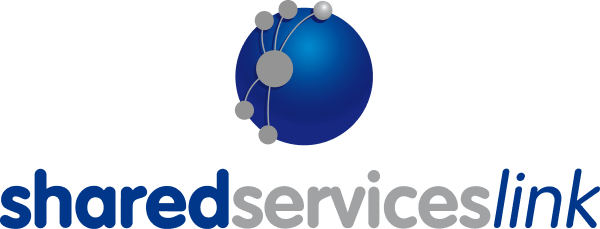When assessing your early payment rates you might find yourself asking some recurring questions...
- Why was last month so low on negotiated discounts captured?
- Why is that supplier continuing to take such high rates?
- What % of spend did we negotiate discounts on in the last quarter?
These questions can certainly highlight your program’s problems and opportunities, but they will remain unanswered unless the data is regularly measured and interpreted. Here are 4 KPIs to get you started.
1. How many days to approve an invoice?
To see ROI on your early payment program, you need to ensure that your payment terms fit with your approval cycle. If it takes you 15 days to approve an invoice, then offering a 2%10 NET30 term is not going to boost your savings. If you can’t pay early enough for any return, then an early payment program is not worth the investment.
2. What % of negotiated discounts are you capturing?
A high capture rate doesn’t mean much if you’re negotiating on just a handful of invoices. Around 35% of suppliers say they will accept accelerated payment on every approved invoice, so try to build on that capture
rate (It's encouraging to keep in mind that top performers capture about $1m per billion of spend). This KPI can also be affected by:
- The business reducing early payments to retain working capital
- Finance failing to capture the discount negotiated by Procurement due to misalignment between the two functions.
3. What is your average DPO?
There are two clear ways to combine early payment discounting with a DPO extension:
a) Use a third party - supply chain financing - to fund early payment of suppliers. This allows you to hold onto cash and retain your working capital position with the option to share or forgo the discount
b) Extend payment terms with your suppliers first. Analyze your transactional data to see where there is opportunity to extend payment terms with certain suppliers, and standardize these terms across industry, region, commodity type, etc. This extension of terms should drive supplier demand and uptake of early payment, while extending DPO across a percentage of spend
4. What is each supplier’s average discount offering?
Over the course of the year, you can determine when your suppliers require funding most. There may be seasonality across the entire supplier base, or particular patterns with certain suppliers. It’s worth monitoring trends, and anticipating activity. This will mean you are ready to accelerate cash, and support your suppliers, and possibly vary your own rates accordingly


